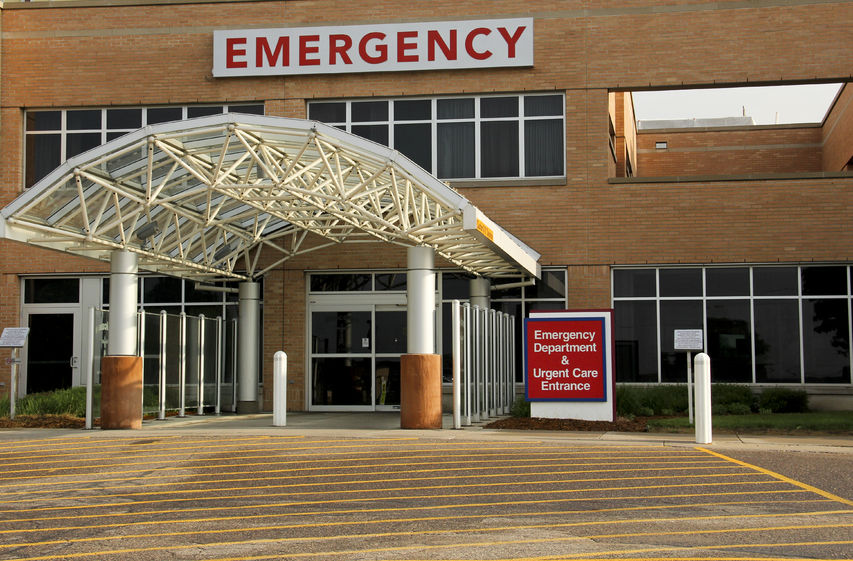With a smartphone or a tablet, it has become quite easy for patients to get medical attention right in their living rooms. Telemedicine supports medical care management by giving doctors the ability to meet with patients virtually using modern electronics and technology.
How Telehealth Helps Reduce ER Visits
Incorporating telemedicine in the emergency room has a few benefits. By enabling doctors to communicate with patients online, telehealth can save time for both medical professionals and patients. This is especially true for injuries and illnesses requiring minimal exams.
Telehealth also helps health practitioners connect with one another. Nursing stations can use telehealth devices to contact doctors and other nurses about patients. Calling through telehealth apps can begin a two-way video connection that doctors can use to assess the patients themselves. Later, they can make recommendations to help patients avoid ER visits.
Avoiding Unnecessary Trips to the Emergency Department
As published in the Journal of Telemedicine and Telecare, the benefits of telemedicine continue to expand.[1] Researchers found that it can be useful in providing emergency medical services before a patient goes to the hospital.
According to the study, thousands of patients can be treated without calling 911 or going to the ER.[1] With the help of telemedicine intervention, doctors can provide a remote consultation to determine whether or not a patient should be transported to the emergency department of the hospital.
Many patients with dermatology needs and other non-urgent conditions can have a physician schedule an appointment or alternative transportation to a primary care clinic instead of using an ambulance to get to the ER. Telemedicine can also help those who believe they need psychiatric treatment. With telehealth, there is a 6.7 percent reduction in unnecessary trips to the emergency room and a 44-minute decrease in back-in-service times for ambulances.[2]
Even diabetes patients can benefit from telehealth. Evidence for this was shown in a University of Florida study that found that offering subspecialist diabetes care using telemedicine resulted in decreased costs and ER visits.[3]
The Future of Telehealth
Some patients with high-risk health concerns are still urged to go to the emergency department. More knowledge about telehealth is crucial, which is why many proponents believe it is beneficial to have telemedicine schools.
With proper information gathering, especially on telehealth emergency laws, telemedicine will not be used as a substitute for a 911 call or a visit to the hospital. It can be used, though, to help minimize avoidable ER trips.
References:
[1] http://journals.sagepub.com/doi/abs/10.1177/1357633X16680541
[2] https://www.beckershospitalreview.com/telehealth/study-telehealth-program-reduces-unnecessary-ed-visits-by-6-7.html
[3] https://www.researchgate.net/profile/Lise_Youngblade/publication/7709318_Improved_access_to_subspecialist_diabetes_care_by_telemedicine_Cost_savings_and_care_measures_in_the_first_two_years_of_the_FITE_diabetes_project/links/02e7e52e1357994a35000000.pdf


Recent Comments